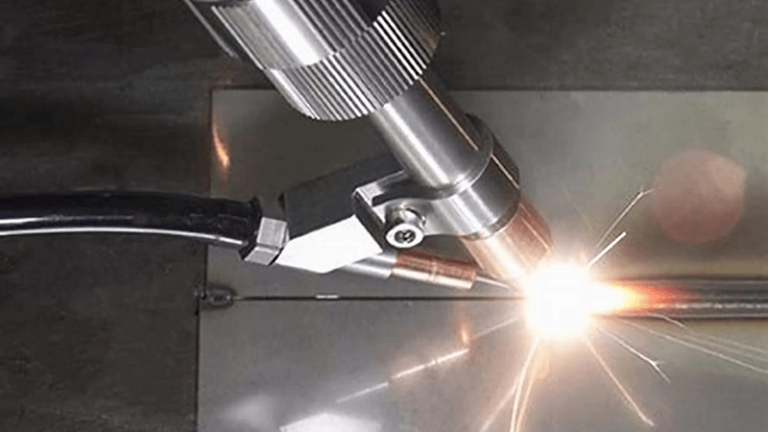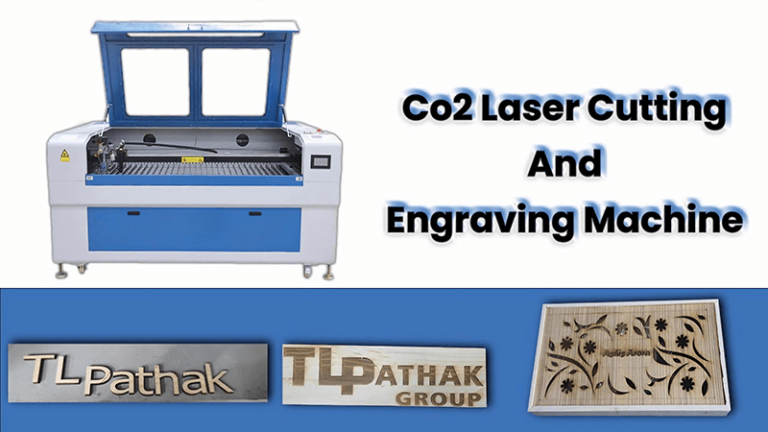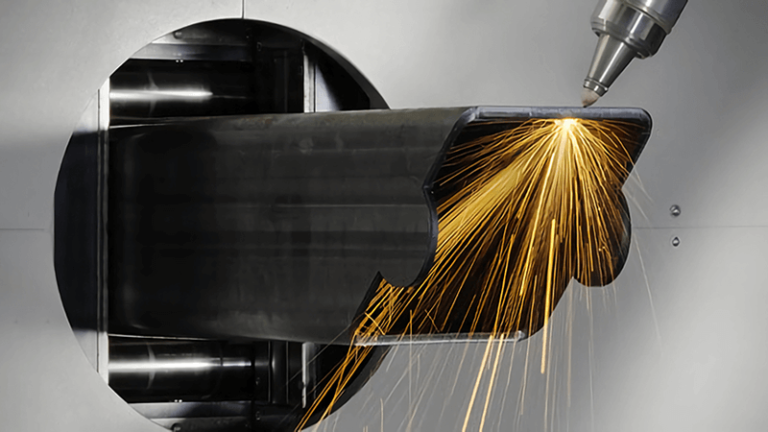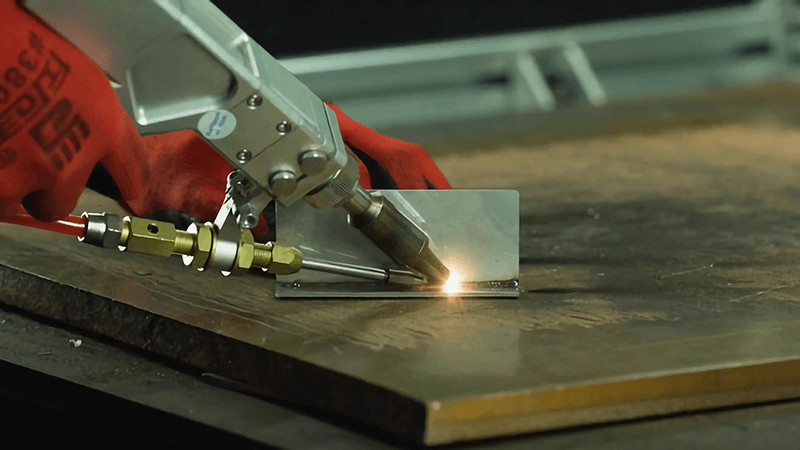
Welding has been around for centuries, but in recent years, a new technology has taken the industry by storm. That technology? Laser welding. If you haven’t yet made the switch to laser welding machines, you’re probably wondering if it’s really worth it. After all, the world of welding is full of options—traditional, MIG, TIG, and more.
The benefits of using a laser welding machine include enhanced speed, precision, versatility, reduced environmental impact, and improved integration capabilities. Making the switch to laser technology can lead to significant improvements in efficiency and quality in your manufacturing processes.
But here’s the thing: laser welding offers benefits that could completely transform your business. Let me show you why it’s a game-changer.
What Makes Laser Welding Different?
Laser welding uses a concentrated beam of light (laser) to melt and fuse materials together. Unlike traditional welding methods that rely on a physical electrode or heat source, laser welding uses precision, speed, and advanced technology to create a high-quality weld with minimal distortion. And the best part? It’s way more efficient than many of the methods you might be using right now. But don’t just take my word for it—let’s dive into the top benefits of using a laser welding machine and why it’s time to upgrade your shop.
Laser welding provides unparalleled precision, making it ideal for welding small and delicate components.True
The concentrated laser beam allows for high-accuracy welding on smaller, delicate parts with minimal spatter.
Laser welding can reduce production cycle times by up to 60% compared to traditional welding methods.True
The speed and efficiency of laser welding allow for significantly faster welding speeds, reducing cycle times substantially.
Precision Like You’ve Never Seen Before
One of the main reasons that laser welding stands out is its unparalleled precision. The laser can focus on very fine areas, allowing you to perform high-accuracy welding on smaller, delicate components. Whether you’re dealing with thin metals or small parts, laser welding delivers consistent, clean welds with virtually no spatter.
Traditional welding methods can struggle when working with tight spaces or intricate designs, often resulting in unnecessary distortion. This is where laser welding shines. By using a focused beam of light, laser welding ensures minimal heat input and, therefore, minimal distortion. This precision is particularly beneficial for industries where quality control and the appearance of the weld are paramount. You get clean, high-quality results every single time.
Increased Speed and Efficiency
Speed is the name of the game in today’s competitive marketplace, and laser welding can help you stay ahead. The laser’s concentrated energy allows for faster welding speeds, significantly reducing cycle times. This means that you can produce more products in less time, which translates to higher productivity and lower costs.
When compared to traditional welding methods, laser welding can outperform them by as much as 40-60%. This speed, combined with its accuracy, makes it an excellent choice for mass production environments or industries that require quick turnarounds.
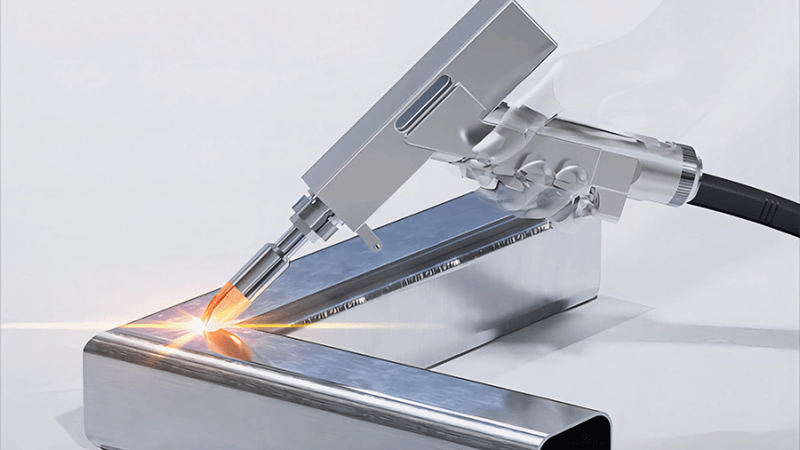
Less Heat-Affected Zone (HAZ)
In traditional welding, the heat generated by the welding process can cause a large heat-affected zone (HAZ), leading to material distortion, warping, and even weakness in the welded area. The smaller the HAZ, the better the weld quality, and that’s where laser welding really stands out.
With laser welding, the heat-affected zone is much smaller compared to conventional methods. This not only helps preserve the integrity of the material but also reduces the need for additional finishing or post-weld treatment. The reduced HAZ is especially crucial when working with sensitive materials like aluminum or titanium, where distortion or heat damage can lead to costly rework or even scrapping of parts.
Superior Weld Quality
Laser welding machines produce stronger, cleaner, and more aesthetically pleasing welds. The precision of the laser ensures a smooth, uniform seam that requires little to no post-processing. Additionally, the minimal heat input ensures that there is less chance of cracking, warping, or weakening of the welded area.
This is especially important in industries such as aerospace, automotive, and medical device manufacturing, where quality is non-negotiable. With laser welding, you can achieve high-strength, defect-free joints that meet even the most stringent standards.
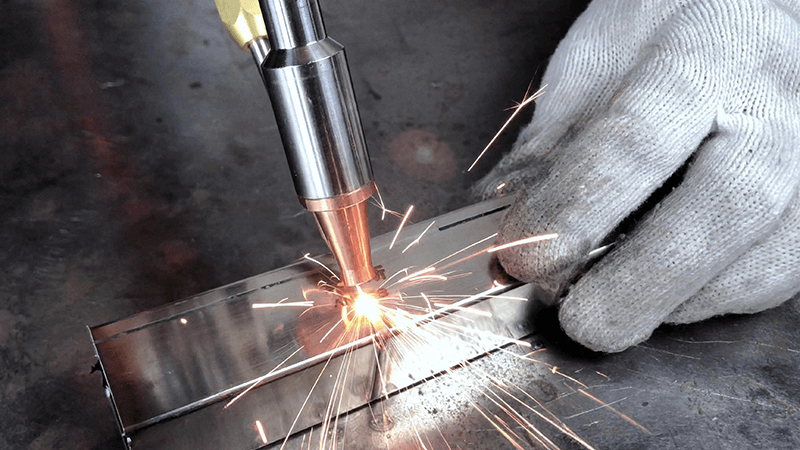
Versatility with Different Materials
Laser welding stands out for its exceptional versatility in processing a diverse array of materials. It effectively welds various metals, including steel, aluminum, titanium, and even dissimilar materials, enabling the joining of combinations that traditional welding methods often struggle with. This capability extends to high-strength steels and thin-walled sections, making laser welding ideal for applications that demand both strength and precision, such as micro-welding where extreme accuracy is crucial.
One of the significant advantages of laser welding is its ability to eliminate the need for filler materials, simplifying the welding process and reducing costs. This feature is particularly beneficial for industries dealing with complex material combinations, such as aerospace, automotive, and electronics, where different materials are frequently used together. Additionally, laser welding machines can handle non-metal materials like gold and plastics with impressive results, further broadening their applicability.
The precision of laser welding not only ensures strong and reliable joints between compatible materials but also makes it highly effective for welding dissimilar metals. This precision and adaptability eliminate the necessity for multiple welding machines tailored to specific materials, streamlining operations for businesses that work with a wide range of materials. Consequently, laser welding is an excellent choice for industries requiring flexibility, high-quality results, and the ability to work with complex and varied material combinations.
Minimal Environmental Impact
Laser welding is not only beneficial for your business but also for the environment. Traditional welding methods often result in excess smoke, fumes, and debris, which not only create a hazardous work environment but also contribute to pollution.
Laser welding, on the other hand, produces far fewer fumes and much less debris. This makes it a cleaner process overall, contributing to a healthier workplace and a smaller environmental footprint. Plus, the reduced need for consumables, like filler rods, also helps minimize waste and overall resource consumption.
Reduced Operational Costs
With laser welding, you’ll see a significant reduction in your operational costs over time. The speed, precision, and efficiency of the process allow you to reduce labor costs and material waste. Additionally, because laser welding creates fewer defects and requires less post-processing, you save money on rework and quality control.
On top of that, the durability and low maintenance requirements of laser welding machines make them a cost-effective investment. With proper care, laser welding machines have a long lifespan, meaning your initial investment will pay off in the long run.
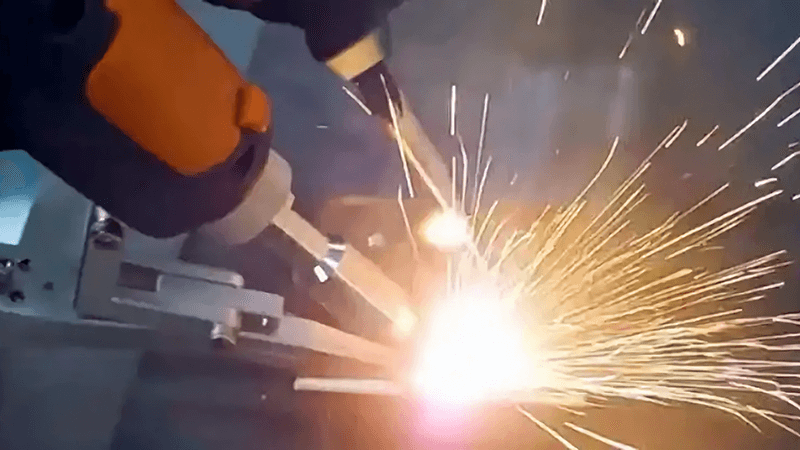
Less Need for Skilled Labor
Traditional welding methods often require highly skilled welders to operate the machines, especially for intricate or high-precision tasks. Laser welding, while still requiring skilled operators, is much easier to automate. The advanced technology behind laser welding allows for greater consistency and repeatability, reducing the dependency on specialized labor.
As a result, businesses can train operators more quickly and efficiently, reducing the costs associated with hiring and training experienced welders. This can be a game-changer for companies looking to scale up operations without constantly needing to hire more highly skilled workers.
High Process Flexibility
Laser welding machines are capable of performing a wide range of welding processes, including spot welding, seam welding, butt welding, and overlap welding. This versatility makes them suitable for various industries, such as automotive, electronics, and aerospace. For instance, in battery production, spot welding is used to connect electrodes, providing a robust connection while preventing thermal damage to the battery cells.
In applications like pipeline sealing, seam welding ensures continuous and reliable seals, especially for high-pressure environments. The ability to adapt to different materials and welding types makes laser welding highly versatile, capable of meeting the unique demands of different industries.
Laser welding requires more filler materials than traditional welding methods.False
One of the advantages of laser welding is that it can eliminate the need for filler materials, simplifying the process and reducing costs.
Laser welding produces a smaller heat-affected zone, preserving material integrity.True
Laser welding results in a minimal heat-affected zone, which reduces distortion and maintains the strength of the materials.
Non-contact Processing Advantage
One of the key benefits of laser welding is its non-contact nature. Unlike traditional welding methods that require direct contact with the workpiece, laser welding uses focused light energy to melt and join materials. This eliminates the risk of mechanical wear or contamination, which can be a problem in traditional methods. It also reduces thermal stress on the materials, minimizing distortion and improving the overall precision of the weld.
Laser welding is particularly beneficial for delicate and thin materials, where maintaining surface integrity is critical. This makes it ideal for high-end electronic products, medical devices, and precision machinery where surface quality and minimal post-processing are essential.
Easy Operation and Maintenance
Laser welding machines are designed with user-friendly interfaces that simplify operation, making them accessible to operators with varying skill levels. With intuitive controls and clear parameter settings, even less experienced workers can quickly learn to operate the machine efficiently. The modular design of these machines also allows for easy maintenance and troubleshooting.
Components such as lasers, lenses, and cooling systems can be easily accessed and replaced, reducing downtime and improving productivity. The ability to quickly identify and fix issues ensures that the production process remains continuous, which is especially crucial in high-demand environments.
Energy Efficiency and Environmental Benefits
Laser welding is known for its high energy efficiency. The focused laser beam allows for precise and localized heat application, minimizing energy waste. This precise control reduces the need for excessive heat, which can lead to material distortion or energy loss in conventional methods. Additionally, laser welding produces fewer by-products compared to traditional methods that use filler materials or require additional chemicals for welding, making it a more environmentally friendly option.
The reduced emissions and lower material consumption help companies meet increasingly stringent environmental standards. Laser welding is also highly effective in welding advanced materials, such as lightweight metals and high-strength alloys, which are commonly used in eco-friendly and energy-efficient products.

Automation and Integration with Robotics
Laser welding is often integrated with robotic systems, enhancing its efficiency and consistency. Automation allows for precise and repeatable welding results, making it ideal for high-volume production environments. Robots equipped with laser welding systems can handle complex, high-speed tasks that would be difficult or impossible for human workers.
This automation reduces labor costs, minimizes human error, and increases production efficiency, making laser welding an attractive option for manufacturers looking to optimize their processes.
Conclusion: The Future of Welding is Here
Laser welding has proven to be a transformative technology for industries ranging from automotive to aerospace, and its benefits are clear: higher precision, faster production times, superior weld quality, and more. Whether you’re running a small workshop or a large-scale manufacturing operation, investing in a laser welding machine can significantly enhance your production efficiency and output quality.
At Kirin Laser, we’re experts in laser welding technology and can help guide you through the process of choosing the right machine for your needs. If you’re still on the fence, think about how much faster, cleaner, and cost-effective your operations could be with a laser welding machine. Ready to make the switch? The future of welding is waiting for you.
For more information on laser welding, check out Laser Welding Research and Welding Industry Trends.
References:
- "Laser Welding Machines for Sale: Reviews and Recommendations?", from Kirin Laser.
- "Top Benefits of Using a Fiber Welder for Precision Work", from Kirin Laser.
- "How Welders with Laser Are Changing the Industry?", from Kirin Laser.
- "Understanding Laser Welding Prices: What to Expect", from Kirin Laser.
- "Laser Welded vs Traditional Welding: Pros and Cons", from Kirin Laser.
- "Top 10 Fiber Laser Welding Machines in 2025", from Kirin Laser.
- "Advantages and Disadvantages of Handheld Laser Welding Machines", from Kirin Laser.
- "What are the benefits of using lasers for welding?", from Kirin Laser.


